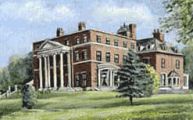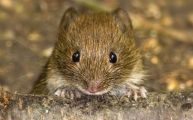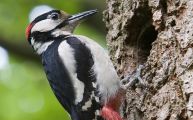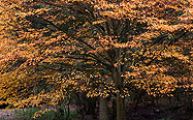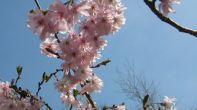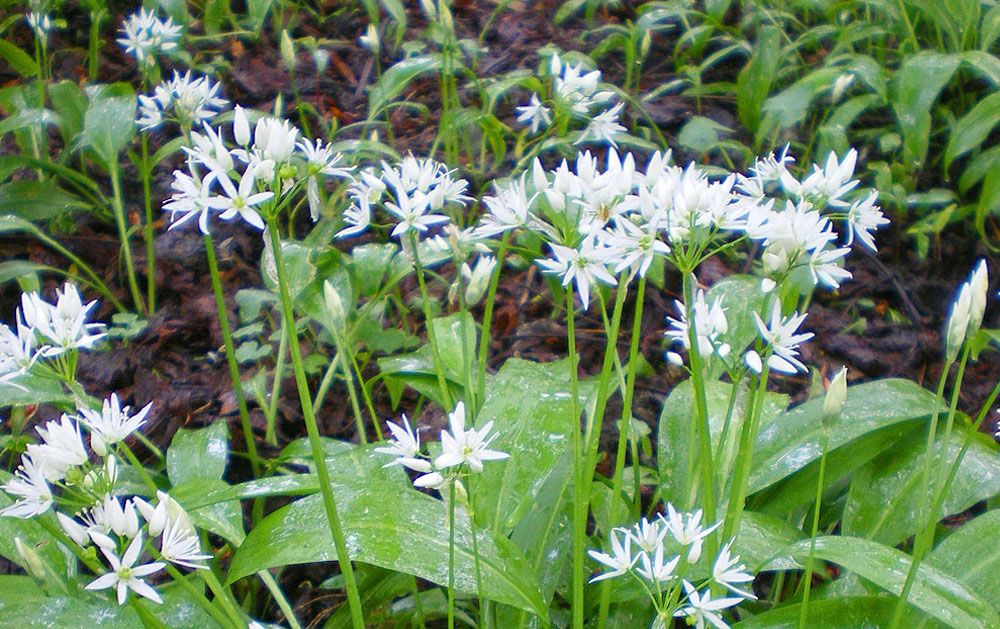



Flowers
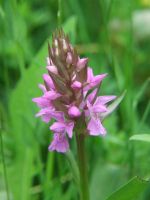 orchid
orchidThroughout the seasons you will see a wide variety of wild and cultivated flowering plants in the woods and meadow.
In the depths of winter you will see the first hints of the spring when the Snowdrops (Galanthus nivalis) show their head. From then on the woods come to life.
Over the past few years there has been over 200,000 bulbs planted, from Daffodils ‘Narcissus’ to Blue & White wood anemones (Anemone blanda & Nemorosa respectively), Snakes head fritillaries (Fritillaria meleagris), Grape hyacinth (Muscari latifolium), and Cyclamen (Cyclamen coum).
There has also been a wide variety of wild flower plants brought in, these include Primroses (Primula vulgaris), Red campion (Selene dioica), Forget-me-not (Myosotis) and the transplantation of Snowdrops (Galanthus nivalis) and Bluebells (Hyacinthoides non-scripta) from areas in the wood that are not seen by the public into areas that have been cleared from invasive species.
Wild flowers you may see through the seasons are Lords and ladies (Arum maculatum) Bluebells (Endymion non-scripta), Fox gloves (Digitalis Purpurea), the large bushes of common Comfrey (Symphytum officinale), ransom (Allium Ursinum) which is commonly called Wild garlic, Rosebay, willowherb (Chamerion augustifolium), woody nightshade (Solanum dunlcamar), Teasel, the vibrant red of common Poppies (Papver rohes), Yellow flag iris (Iris pseudacorus) around the waters edge, common Field speedwell (Veronica persica) which gives a blue hue to the meadow in the spring and white clover (Trifolium repens) dotted through out the grassy areas in the woods.
Apley Castle entrance, which was once the site of a car park you will see in late spring to early summer Ox eye daisies (Leucanthemum valgare) and wild geraniums (Perargonium).
There are also the vibrant colour from rhododendrons that are dotted throughout the woods in spring.
You can also find wonderful flowers in the hedgerows, from the delicate flowers from Hawthorne, also known as May, Blackcurrent (Ribes nigrum), Blackberry (Rubus gruticocus) and Raspberry (Rubus idaeus), to wild roses (Rosa) and the late autumn buds from Ivy (Hedera helix) which gives many species of butterflies, bees and birds a well needed feed before the onslaught of winter.
This is just a glimpse of what you will find throughout the seasons that give these woods rich tapestry of colour.
Friends of Apley Woods are now on Facebook.
You can now follow Friends of Apley Woods on Twitter

